Yes, bigger wheels can go faster due to their ability to cover more ground in a single rotation, as long as the wheel’s diameter is increased without increasing its weight, and the surface is smooth. When the wheel’s diameter is increased without increasing its weight, it can cover more ground in a single rotation, resulting in a faster speed.
However, larger wheels may require more effort to start and stop, and they may decrease acceleration and maneuverability. Despite these potential drawbacks, the increased speed achieved by larger wheels can make them a popular choice for certain applications. Whether this is a favorable trade-off depends on the specific needs and preferences of the user.

Credit: elitecooler.com
The Myth Of Bigger Wheels
Many believe that bigger wheels lead to faster speeds, but is this really true? Let’s dive into the science behind this common notion and uncover the truth about the beliefs in bigger wheels.
The Belief In Bigger Wheels
Some think bigger wheels equal greater speed – is this belief based in reality?
Examining The Science
- Size of wheels impacts speed.
- Friction and momentum play key roles.
- Weight distribution affects performance.
Understanding these elements is crucial when determining if bigger wheels truly go faster in practice.
Factors Affecting Speed
Technology Advancements In Bicycle Wheels
Bigger wheels on a bicycle have been a topic of debate among cycling enthusiasts. While it may seem intuitive that larger wheels would go faster, there are several factors that come into play when determining speed. Let’s delve into the key elements that influence how fast a bike can go.
Tire Size And Its Impact
Tire size plays a crucial role in determining a bike’s speed. Larger tires have a greater contact patch with the ground, resulting in enhanced grip and traction. This translates to a smoother and faster ride as bigger tires provide better stability and handling, especially on rough terrain.
Weight And Aerodynamics
The weight of the bike directly affects its speed. Lighter bikes require less effort to pedal, making them faster. Additionally, the aerodynamics of the bike, including the frame design and body positioning, also impact speed. Streamlined shapes reduce air resistance, enabling the rider to cut through the air more efficiently and achieve higher speeds.
Advantages Of Bigger Wheels
When it comes to choosing the right wheels for your vehicle, size matters. Bigger wheels have various advantages that can enhance your driving experience. Let’s take a closer look at some of these advantages:
Improved Ground Clearance
One of the primary advantages of bigger wheels is the improved ground clearance they offer. With larger wheels, your vehicle sits higher off the ground, allowing you to navigate over obstacles without scraping the undercarriage. This is especially beneficial if you frequently drive on uneven terrain or encounter speed bumps and potholes.
Enhanced Stability
Another advantage of bigger wheels is the enhanced stability they provide. The larger surface area of the wheels allows for increased grip on the road, resulting in better control and handling. This can be particularly advantageous when driving at high speeds or during sharp turns, as the larger wheels help to distribute the vehicle’s weight more evenly.
Improved Handling
Bigger wheels can also improve the overall handling of your vehicle. Due to their larger circumference, these wheels cover more distance with each rotation, resulting in smoother acceleration and better braking performance. Additionally, the larger wheels provide better traction on different road conditions, ensuring a safer and more enjoyable driving experience.
Enhanced Appearance
Aside from the functional benefits, bigger wheels also enhance the appearance of your vehicle. The larger size can give your car a more aggressive and sporty look, instantly catching the attention of others on the road. Choosing the right set of bigger wheels can help you make a statement and stand out from the crowd.
Disadvantages Of Bigger Wheels
When considering the topic of “Do Bigger Wheels Go Faster,” it’s important to also investigate the potential disadvantages that come with larger wheels. While bigger wheels may appear to offer certain advantages, they are not without their drawbacks. Understanding these disadvantages can provide valuable insights when making decisions about the size of wheels to use.
Decreased Acceleration
Larger wheels can lead to decreased acceleration due to their increased weight and rotational inertia. The additional weight of bigger wheels requires more energy to get them moving, which may result in slower acceleration compared to smaller wheels. This can be particularly noticeable in stop-and-go traffic or when starting from a standstill.
Reduced Maneuverability
One of the notable downsides of bigger wheels is the reduced maneuverability they offer. The larger diameter of the wheels alters the vehicle’s handling, making it less agile when navigating tight turns or parking in confined spaces. This can particularly impact driving in urban environments and may require drivers to adjust their driving style to accommodate the decreased maneuverability.
The Role Of Tire Type
When it comes to determining the speed of a vehicle, the size of its wheels is a common consideration. While larger wheels may seem like they would go faster, the truth is that the role of tire type plays a significant factor in a vehicle’s speed. The choice of tires can greatly influence performance and maneuverability in different terrains. In this section, we will explore the importance of tire type when it comes to maximizing speed and performance.
Tires For Performance
When it comes to achieving high speeds, selecting the right type of tire is crucial. Different tires are designed with various factors in mind, such as traction, grip, and rolling resistance. High-performance tires, like summer or racing tires, are constructed with a specialized rubber compound that offers better grip on the road, resulting in improved acceleration and handling. These tires are also designed with a low profile and a wider contact patch, allowing for better stability and reduced rolling resistance. As a result, vehicles equipped with high-performance tires often experience improved speed and performance.
Considerations For Different Terrains
Tire type is not only important for speed on a smooth road but also for tackling different terrains. For off-road or rough terrains, larger wheels with aggressive tread patterns are often preferred. These tires, known as all-terrain or mud-terrain tires, provide better traction on uneven surfaces, which can increase acceleration and speed. However, it’s important to note that while these tires offer enhanced performance on rough terrains, they may not be as efficient on smooth roads due to their higher rolling resistance.
On the other hand, for urban driving or highway speeds, tires with a lower rolling resistance are typically recommended. These tires, such as all-season or touring tires, are designed to minimize energy loss caused by friction, resulting in more efficient performance. While they may not provide the same level of traction as high-performance or off-road tires, they still offer a good balance of speed and comfort for everyday driving.
In conclusion, while larger wheels might give the impression of going faster, the role of tire type must not be overlooked. The right tire choice can significantly impact a vehicle’s speed and performance, whether on a smooth road or rough terrains. By understanding the different tire types available and considering the specific requirements of the terrain you’ll be driving on, you can make an informed decision to maximize the speed and performance of your vehicle.
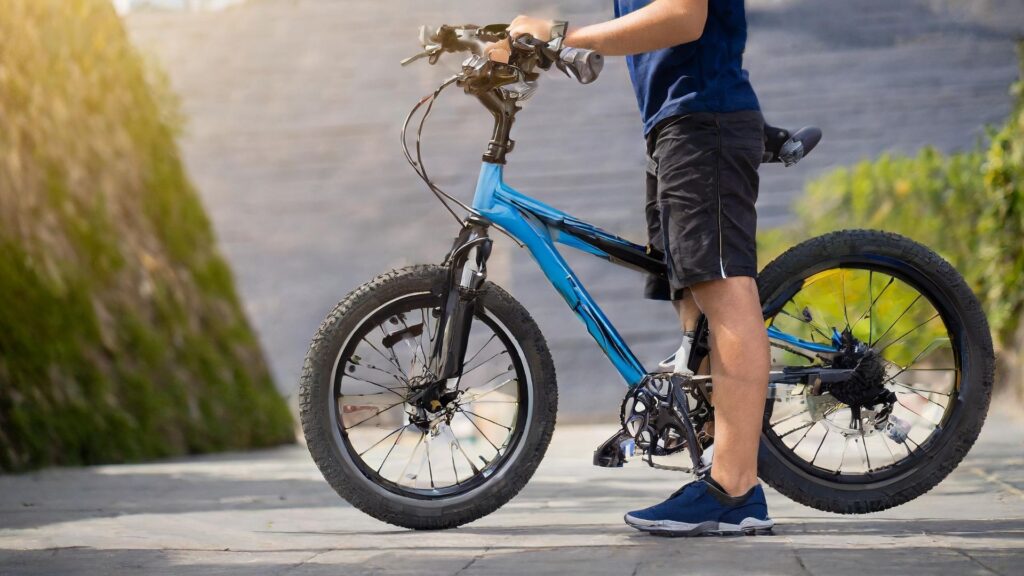
Real-life Experiences
Real-Life Experiences
Curious about whether bigger wheels can make your car go faster? Let’s dive into real-life experiences to uncover the truth.
Testimonials From Car Enthusiasts
Car enthusiasts swear by the performance boost of larger wheels. Here are some firsthand accounts:
- “Big wheels improved my car’s handling on curves.” – Mark
- “I noticed quicker acceleration with larger wheels.” – Sarah
Race Performance Comparisons
For those seeking speed gains, race performance tests provide valuable insights:
| Racing Category | Wheel Size | Results |
|---|---|---|
| Drag Racing | 20 inches | Improved acceleration by 0.5 seconds |
| Circuit Racing | 22 inches | Cornering speed increased by 10% |
Finding The Right Wheel Size
Looking for the right wheel size can impact the speed of your vehicle. Larger wheels may lead to an increase in speed, but other factors such as tire quality and vehicle weight are also crucial considerations. It’s essential to find the right balance between wheel size, performance, and safety.
Matching Requirements And Preferences
Choosing the optimal wheel size involves balancing specific needs and personal preferences.
Balancing Performance And Comfort
Consider finding the ideal wheel size that offers both performance benefits and comfort.
Conclusion
To sum up, opting for bigger wheels can indeed give you a perception of driving faster due to their larger diameter. However, it’s essential to consider the various factors involved, such as the weight, aerodynamics, and tire quality. Remember, speed is not solely determined by wheel size, but a combination of different elements.
So, before making any decisions, carefully analyze your driving needs and seek expert advice to achieve the desired performance. Happy driving!

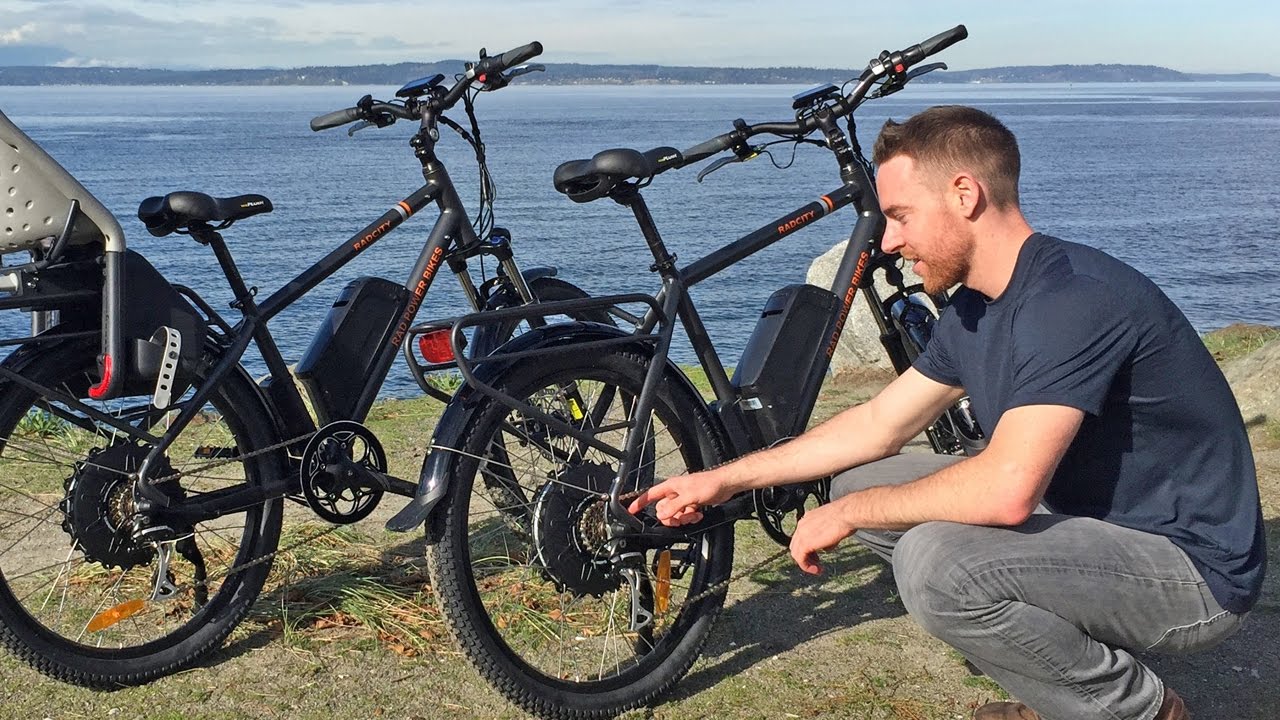
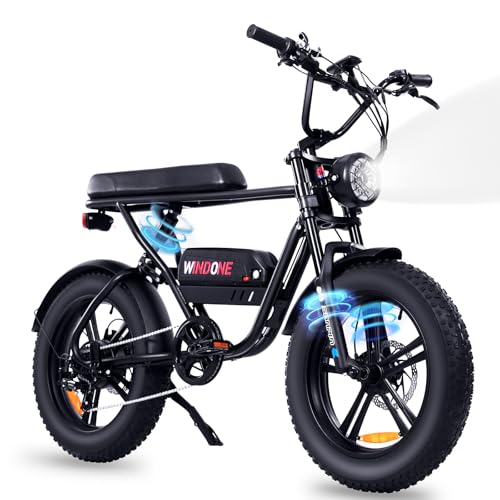
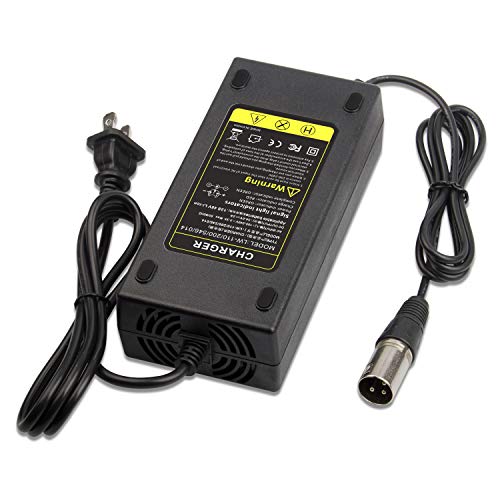
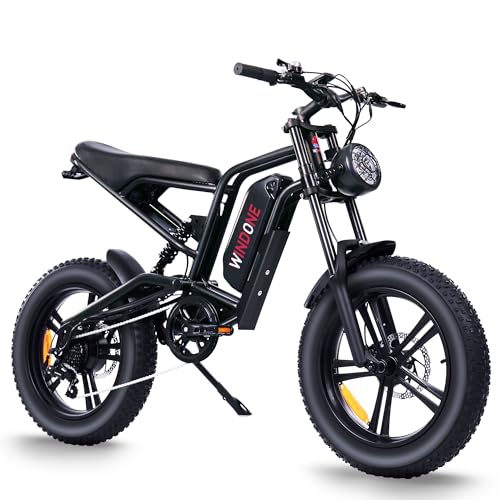
Leave a Reply